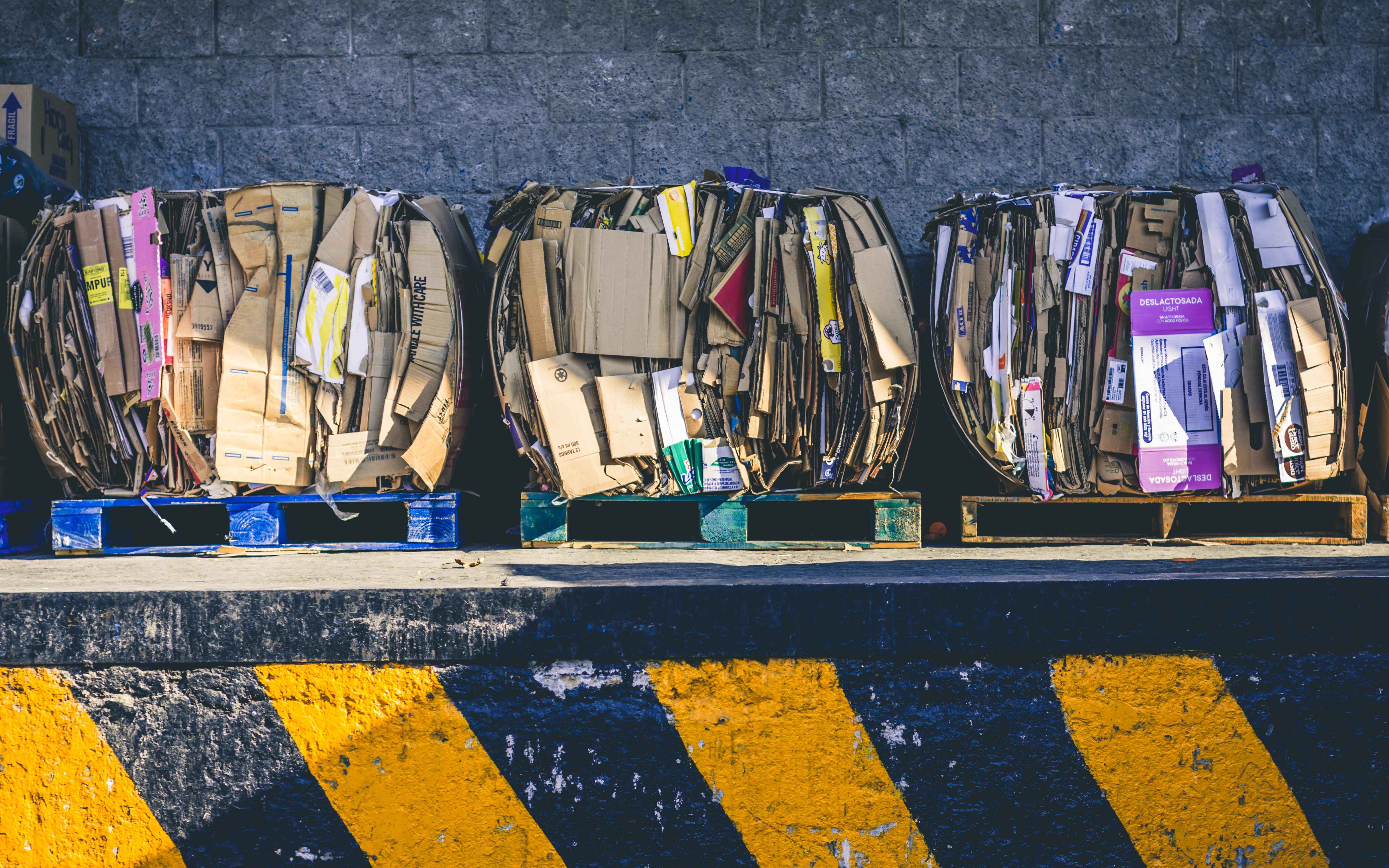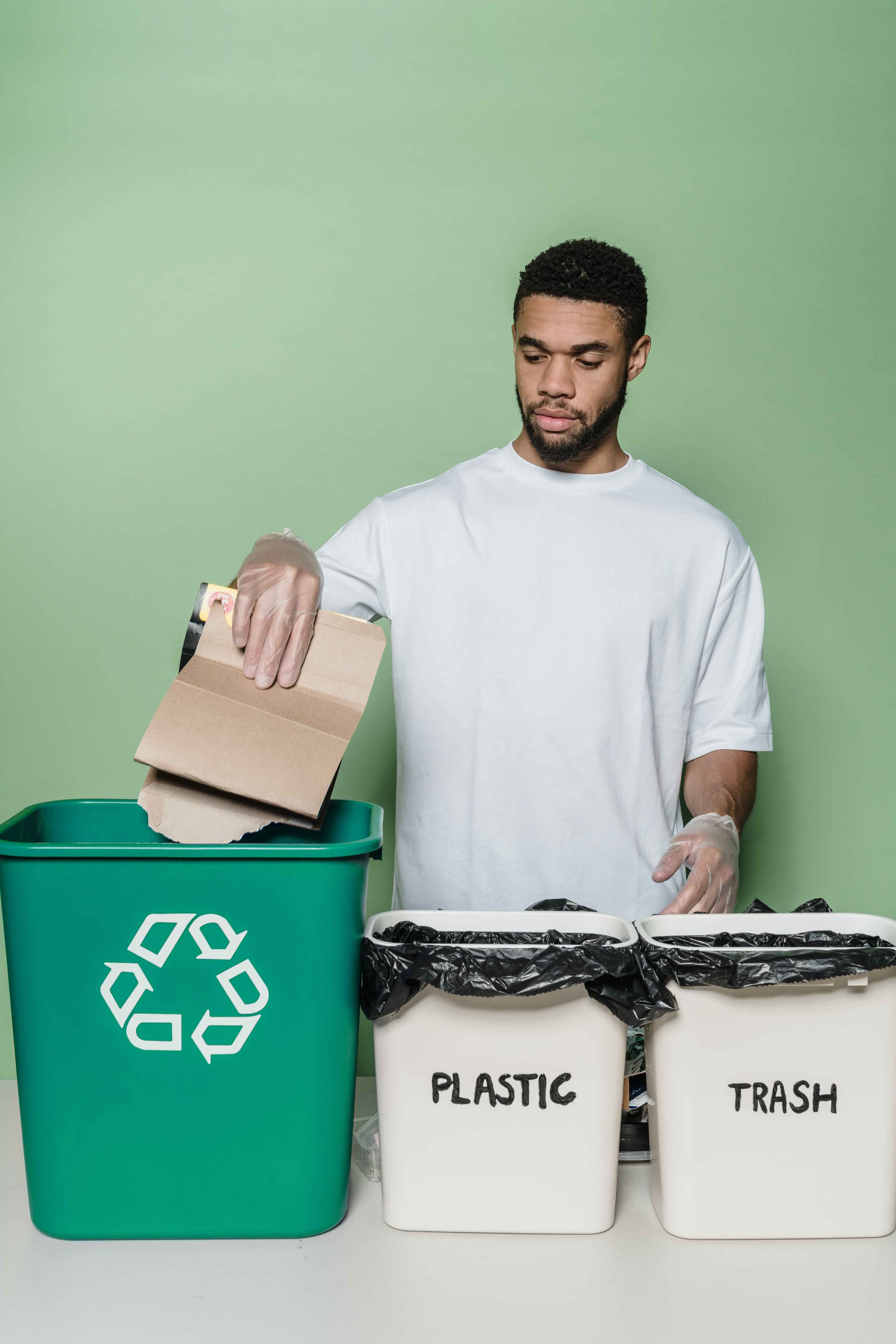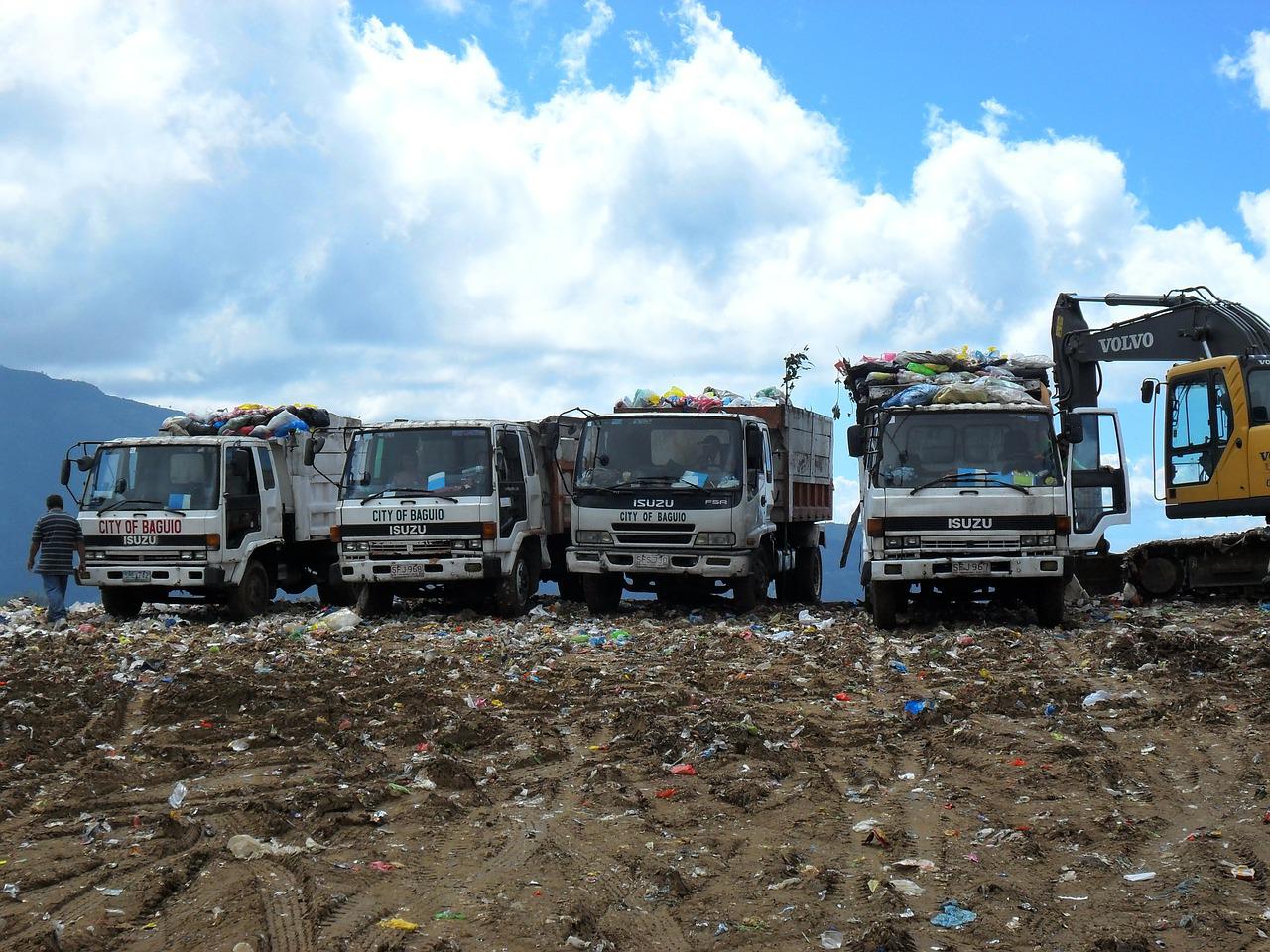
Recycling
Recycling involves taking advantage of materials or objects that have been discarded by the consumer society by deeming them useless. That is, giving a new value to what has been discarded so that it can be reused in the manufacture or preparation of new products, which need not be similar in form or application to the original product.
Through recycling we can save direct resources, i.e. raw materials, and indirect resources such as water, energy (electricity) and others, besides contributing to depollute the environment. We must keep in mind the change of consumption habits, lowering the contamination of rivers, seas, lakes and replace each cut down tree are necessary to keep nature in balance.
Instead of throwing away cans, bottles, paper and cardboard, we can collect them and sell them to recycling institutions. With this action, apart from obtaining economic benefits that can help us within our community, we are contributing to the preservation and decontamination of our environment.

Segregation
Sorting and separation of waste or garbage are very important in the recycling process. In large cities there are huge industrial facilities that perform sorting and classification operations.
However, the easiest and most recommendable way of separation should begin in our homes; in them we can simplify this task by having different containers or bins for sorting organic matter (food products), paper and cardboard, glass, metals and plastics.
The key to recovery lies in the separation and cleaning of waste, especially food waste.
How to differentiate aluminum from other ferrous materials?
To know if it is aluminum or not, a magnet must be used, since aluminum, like other non-ferrous (iron) materials, does not adhere to the magnet, which allows us to differentiate the various types of ferrous and non-ferrous metals.
How are different types of plastic detected?
The plastics industry has developed a coding system consisting of a number located in an area formed by arrows (this is typical of recycling). Generally, at the bottom of the product there are acronyms or initials that facilitate the identification of the plastic type.
Before starting the classification process, we must ask ourselves the following questions:
What to do with the waste, where to take it, how to transport it, what real benefits can it provide?
There are answers to these questions, among which we have:
- After separating and washing the waste (bottles, cans, etc.), they can be used in the community if collection or storage centers are established and then marketed through different organizations or recycling companies.
- Likewise, some recovered products such as wooden boards, egg cartons and toilet paper rolls, among others, are used for the manufacture of handicrafts.
- Organic matter or food waste can be used for the preparation of soil restorers or compost (humic material) due to its characteristics and the different substances it contains.
- In addition, separating and collecting waste can generate multiple economic benefits, apart from those related to environmental conservation, which can be used to finance municipal services such as water, electricity and sanitation, or to finance small community works or social activities.
Collection

Within the social, sports, educational and work communities, special sites for selective collection should be established by blocks, sectors or departments, so that each person deposits specific waste properly sorted in the designated places.
Waste must be collected in shifts determined by a special unit. It is necessary to separate glass, cardboard and paper containers, metal containers, plastic and aluminum containers, as there are companies that purchase the aforementioned materials.
The benefit of community commercialization can be passed on to increase community funds to help finance works such as: facade painting, maintenance and repair of squares and gardens, improvements in schools, sports and cultural projects, purchasing of equipment, etc.